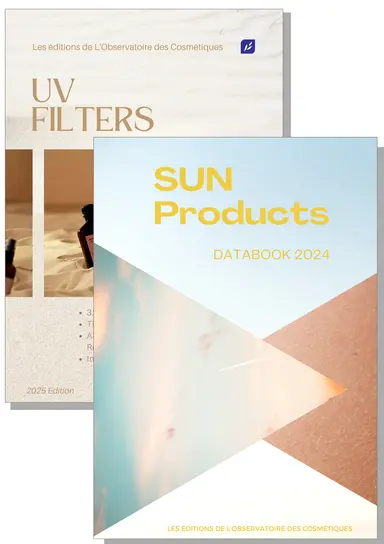Indispensable for protecting the skin from the harmful effects of UV rays, on the beach in summer or in the mountains in winter, sun protection products are nonetheless the subject of recurrent criticism as to their effectiveness or doubts as to their safety.
And regularly, debates resurface on the allergenicity or toxicity (for health or for the environment) of synthetic filters or nanoscreens, on the reality of SPF… while the formulation of this type of product always remains a challenge and their regulation, in Europe as well as internationally, is not the simplest…
UV filters are perhaps the most difficult cosmetic ingredients to master…
In addition to the subtleties (which often turn into a headache) of the formulation, which must be effective for UV protection but also photostable, easily applicable, invisible… and without any suspected health risk, it must also be ensured that the finished product containing them can be marketed and exported without any obstacles. And this is where things get even more complicated: if the whole of Europe has standardised its regulations through the Cosmetics Regulation 1223/2009, the differences appear as soon as you cross its borders!
Master the formulation of sunscrean products and the use of the currently existing UV filters, thanks to CosmeticOBS 2024 Sun duo: a checklist that every sunscreen product formulator and every regulatory officer should have in hand before even starting to work on a new product.
The author
A graduate of the School of Journalism in Lille, Laurence Wittner is a freelance journalist specializing in the field of cosmetics. Co-founder of Monitor Cosmetics, she is the editor-in-chief of its supports.
Ebook 2025 “UV Filters”, english version, L’Observatoire des Cosmétiques’ edition (last update: January 2025), 126 pages (ISBN : 979-10-92544-99-2), PDF format.
Databook “Sun products 2024”, english version, L’Observatoire des Cosmétiques’ edition (last update: August 2024), 187 pages (ISBN : 978-24-93362-13-1), PDF format.


